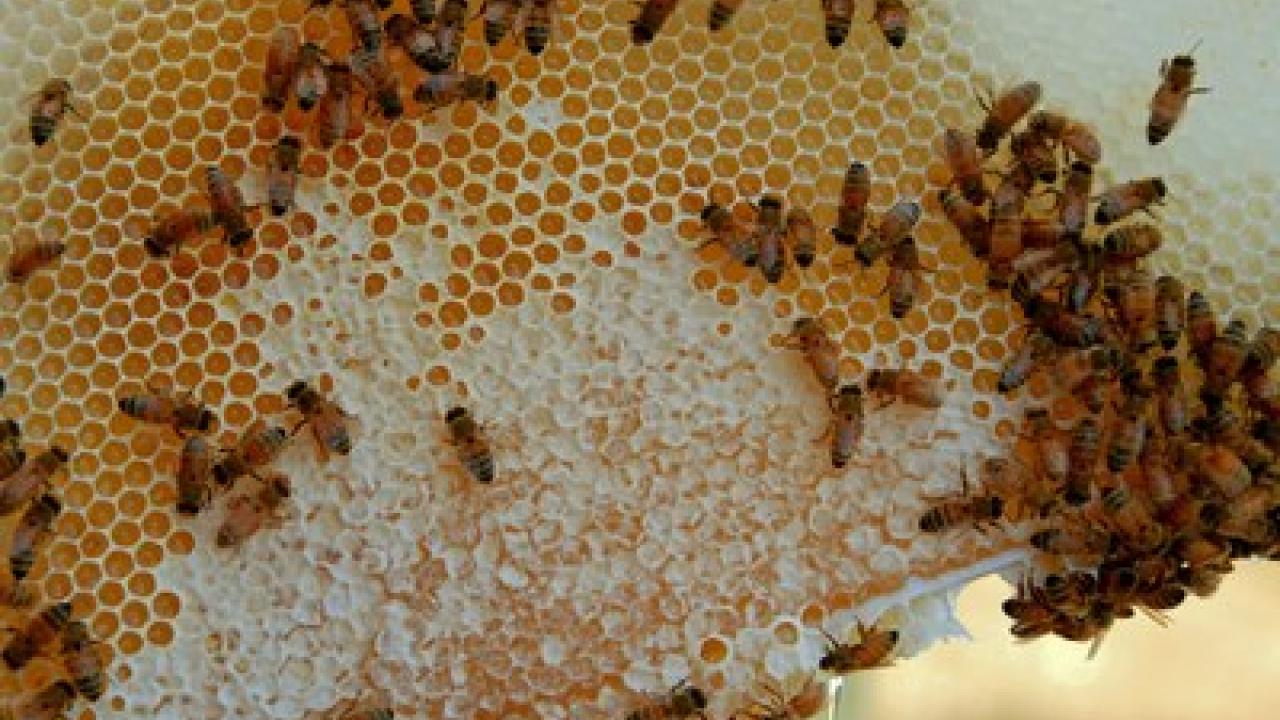
Buying Organic Honey? Here’s What You Should Know.
“It takes two million individual blossoms to produce a pound of honey,” explains Zac Browning, owner of Browning’s Honey Company in Jamestown, North Dakota. On a June morning, his hives are humming. The little sacs on the bees’ hind legs are bright yellow with pollen from dandelion, clover, and other wild plants blooming around the apiary.
In early summer, North Dakota’s grasslands are full of wildflowers. As Clint Otto, research ecologist with the U.S. Geological Survey’s Northern Prairie Wildlife Research Center, says, this is when “the magic happens on the landscape and there’s nectar all over the place.”
But even in North Dakota, which Browning calls “the last best place in North America to keep honeybees,” wildflowers and other native plants are increasingly hemmed in by agricultural and other development. Less than 10 percent of North Dakota’s native grassland prairie remains, and in the past decade alone, North Dakota has lost well over 100,000 acres of grasslands to crops, predominantly corn and soybeans.
“There’s a direct relationship between honey per hive produced in North Dakota and the amount of grassland in relation to acres converted to row crops,” says Otto. This means “a lot of herbicide and very little opportunity for habitat,” he explains.
This change in the landscape, along with ongoing challenges to honeybee health, from parasites, disease, and pesticides, is a prime culprit in declining domestic honey production. And it helps explain why nearly all the organic honey in the U.S. now comes from Brazil, India, and Mexico.
